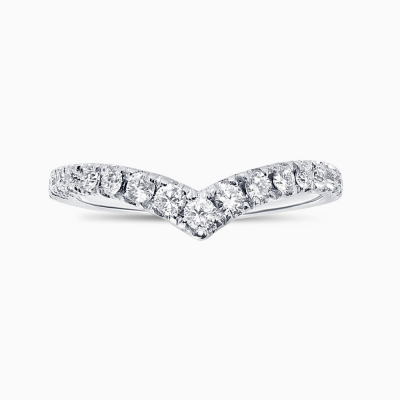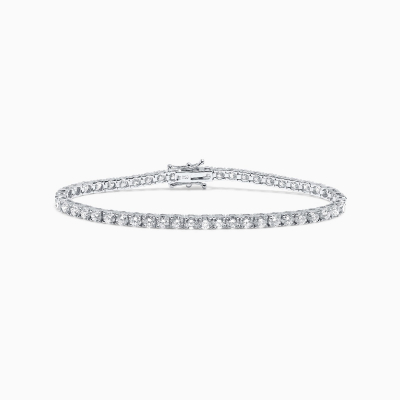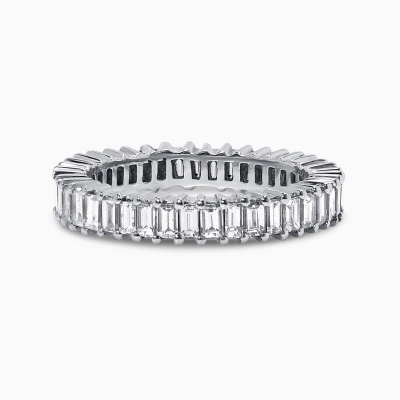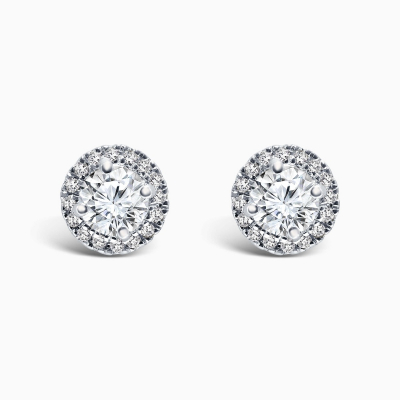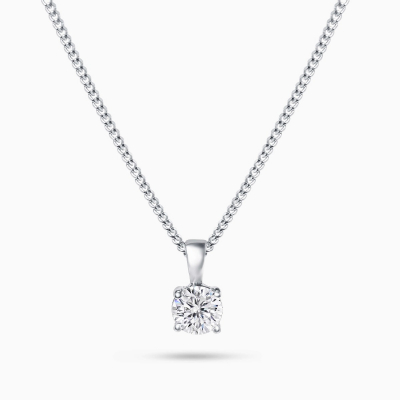GBP
/
GBP
/
Shipping to:
Currency:
ASSCHER CUT DIAMOND
The Asscher cut diamond is similar in style to the emerald cut. What sets the elegant Asscher diamond apart is its square shape and cropped corners, which is why it’s often referred to as the square emerald cut. It is the brightest diamond shape out of all the steep cuts and boasts a stunning “hall of mirrors” effect with dazzling shine and sparkle.
This unique diamond cut has experienced a resurgence in popularity over the past few years. The Asscher diamond is the ideal cut for anyone who desires a stone with brilliance that also maintains an elegant and classic appearance.
01
AN INTRODUCTION
The Asscher cut diamond is famed for its prismatic brilliance and shape, and a ring with this shape of diamond is guaranteed to turn heads. Although similar to rectangular emerald cuts, it features a smaller table, higher crown, and larger step facets. Its layered shape produces more sparkle — one of the cut’s most desirable qualities. The Asscher cut also has cropped corners, adding to its unique appearance.
02
FEATURES
This diamond’s typical length to width ratio is 1.00 to 1.05 and usually features 58 facets. Due to its small table, high crown, faceted culet and deep pavilion, diamond experts often liken its sparkle to an endless hallway of mirrors. The Asscher cut diamond has a beautiful lustre and although it’s known as a square-shaped diamond, its cropped corners make it octagonal. Unlike a true octagon diamond, these cropped corners are unnoticeable when the diamond is mounted into a four-prong setting.
As well as the standard Asscher cut diamond, there is another type known as the Royal Asscher cut. This is patented and very rare. The main difference between these two types of diamond is that the Royal Asscher contains more facets — 78 to be precise.

03
BUYING ADVICE
If you want to buy an Asscher cut diamond ring, you are advised to choose a stone with a clarity grade of at least VS2 and a colour rating above I. This is because the diamond’s flat table provides a clear view into the centre of the stone, making inclusions more easily visible to the naked eye. For an excellent quality Asscher cut diamond, you should also opt for a depth between 51 and 77 per cent and a table between 60 and 73.5 per cent. In terms of settings, four-prong settings are the best fit for this type of diamond.

04
HISTORY
The Asscher cut was developed in the early 20th century by Joseph Asscher, so you can see where it got its name. Joseph Asscher ran a diamond business of the same name in Amsterdam, which was given a royal title because of its role in the diamond sector. In the 1920s, the Asscher diamond was only available in specialist Art Deco jewellers and antique shops, yet it was highly desirable. Later, the cut was redesigned by the Asscher family to give it more lustre, leading to a comeback in the early 2000s.
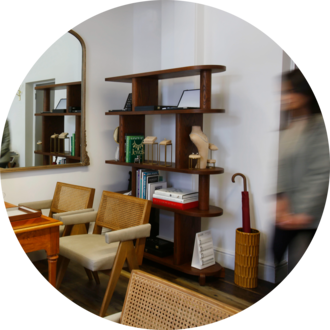
WHERE NEXT?
Looking to buy a round loose diamond?
Book a visit to our London Mayfair showroom or search through our diamonds inventory online.
Contact us:+44(0) 20 3585 2295

WHERE NEXT?
Looking to buy a round loose diamond?
Book a visit to our London Mayfair showroom or search through our diamonds inventory online.
Contact us:+44(0) 20 3585 2295







